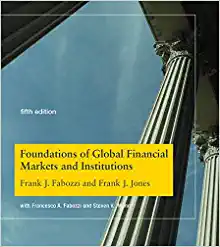Question
The price elasticity of demand is: Question 6 options: always positive. always greater than 1. usually equal to 1. always negative. Question 7 (10 points)
The price elasticity of demand is:
Question 6 options:
| always positive. | |
| always greater than 1. | |
| usually equal to 1. | |
| always negative. |
Question 7 (10 points)
A men's tie store sold an average of 30 ties per day when the price was $5 per tie but sold 50 of the same ties per day when the price was $3 per tie. Hence, the absolute value of the price elasticity of demand is:
Question 7 options:
| greater than zero but less than 1. | |
| equal to 1. | |
| greater than 1 but less than 3. | |
| greater than 3. |
Question 8 (10 points)
Saved
If the total revenue received by a firm does not change when it raises its price, this indicates that the demand for the firm's product is:
Question 8 options:
| unstable. | |
| price inelastic. | |
| price elastic. | |
| unit price elastic. |
Question 9 (10 points)
Saved
The ratio of the percentage change in a dependent variable to the percentage change in an independent variable, all other things unchanged, is:
Question 9 options:
| total revenue. | |
| production possibilities. | |
| elasticity. | |
| slope. |
Question 10 (10 points)
Saved
The price elasticity of a good will tend to be greater:
Question 10 options:
| the longer the relevant time period. | |
| the fewer number of substitute goods available. | |
| if it is a staple or necessity with few substitutes. | |
| All of the above are true. |
Step by Step Solution
There are 3 Steps involved in it
Step: 1

Get Instant Access to Expert-Tailored Solutions
See step-by-step solutions with expert insights and AI powered tools for academic success
Step: 2

Step: 3

Ace Your Homework with AI
Get the answers you need in no time with our AI-driven, step-by-step assistance
Get Started


